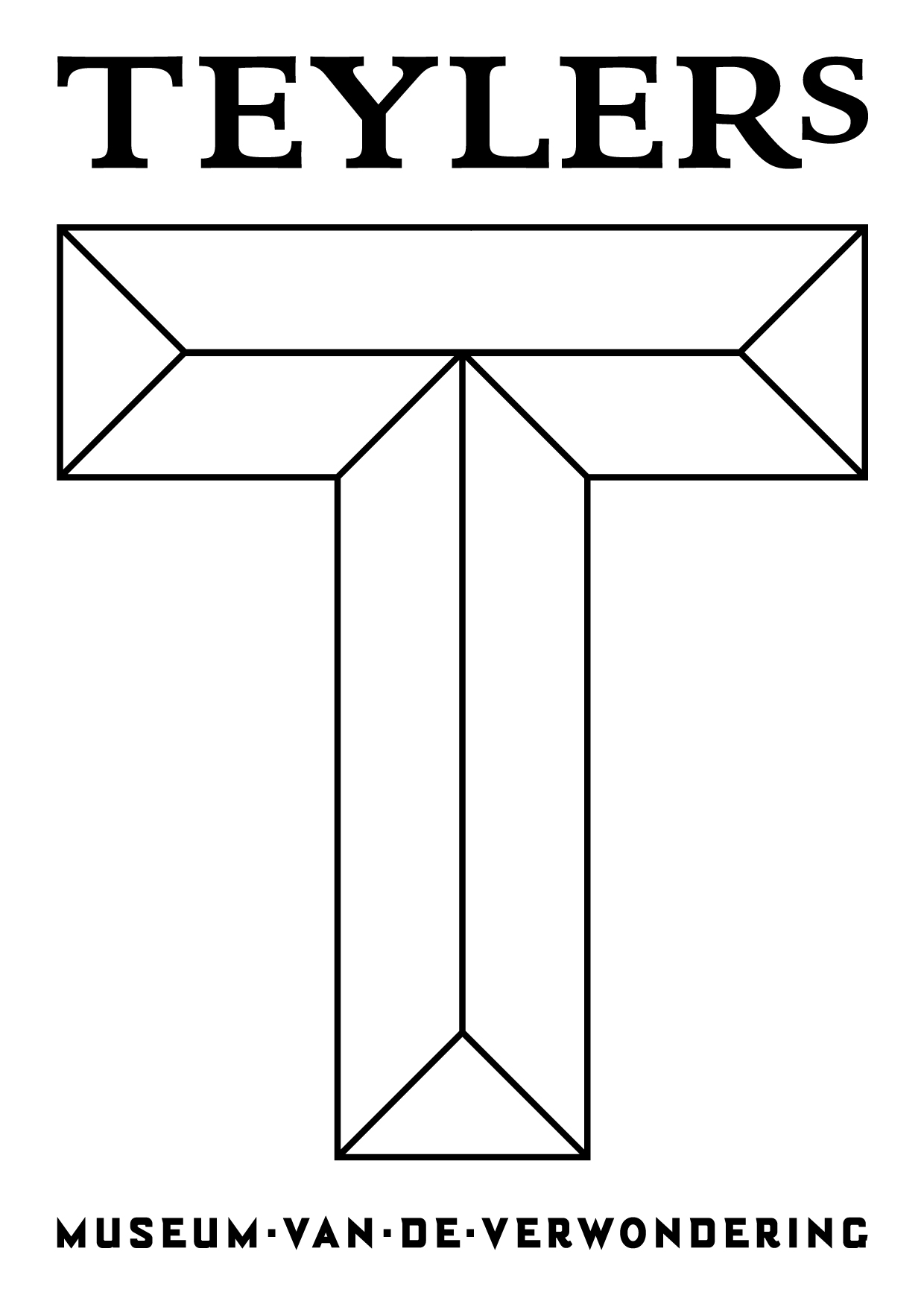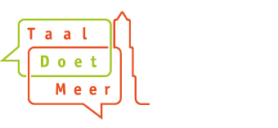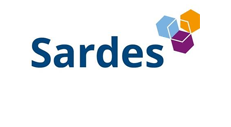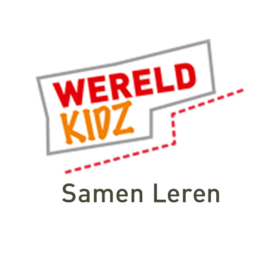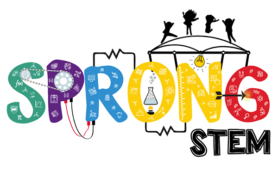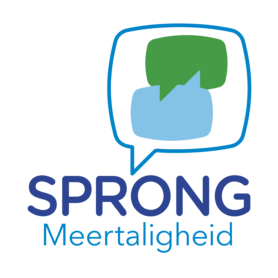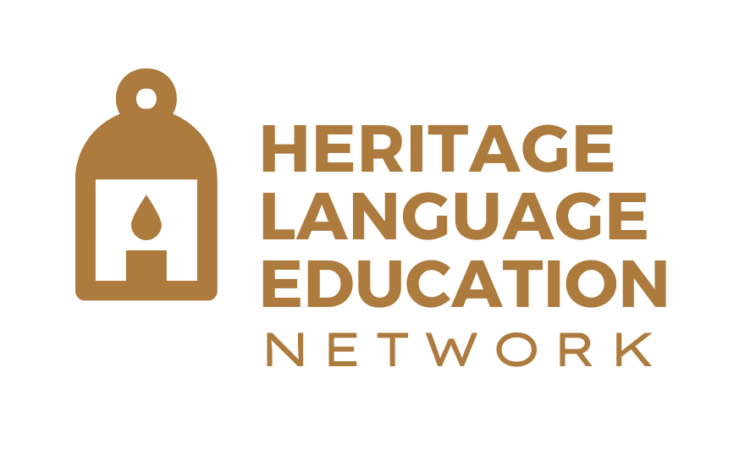Six strategies to find out what students can do with their languages in the classroom
Multilingual students can benefit from using all their languages in the classroom. Educators can adopt a translanguaging approach to encourage students to use their home languages to learn. A crucial first step is discovering what students can (and want to) do with their languages. In this blog, we explain why this step is so important and offer six practical strategies for educators.
Why is this step important?
When teachers know what students can do with their languages, they can:
- Avoid making assumptions about students’ abilities;
- Gain a clear idea of each student’s needs;
- Prepare relevant teaching materials;
- Adjust their expectations to students’ actual abilities.
Example
Anneke is a newcomer teacher. Samira (11) is a new student from Syria. It might be tempting to assume that Samira’s home language is Arabic. Instead of making assumptions, Anneke actively seeks more information. She discovers that Samira spent five years in Turkey, where she went to school. Thus, Samira can speak, read, and write in Turkish, both in everyday and academic contexts. In addition, she speaks Arabic, but cannot yet read or write it. Anneke now knows that she can provide written materials in Turkish, but should not expect Samira to read a text in Arabic.
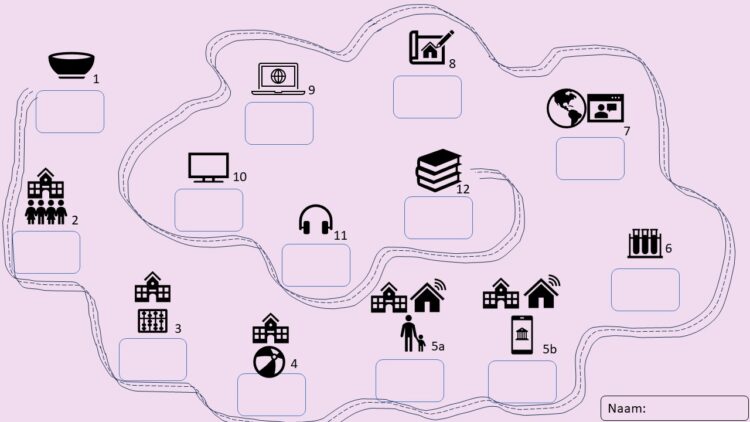
The strategies
- Conduct a ‘language introduction’ conversation – Ask individual students: Which languages do you speak? Where do you use each language? Can you speak, read, and write in each language? What language(s) does your family use with you?
- Talk to the family about their language use – Use similar questions as in strategy 1, or supplement with a questionnaire.
- Ask students to create a language portrait – A visual representation of the languages a student knows. Also ask about their experiences with each language. [More information on language portraits].
- Use a language map – A visual representation of the places a child goes to during the day and the languages they use there. Useful as a conversation starter with students or parents. See example of a language map in the picture above.
- Ask (older) students or parents to fill out a questionnaire – Offer the questionnaire in multiple languages for accessibility.
- Have students with a higher level of Dutch map the linguistic composition of the class – They can create surveys, questionnaires, and interviews, and present the results in texts or graphs.
Additional tips
- Mediation: If students or families have a low level of Dutch, find people who can mediate (e.g., multilingual teaching assistants, siblings, neighbors, or other students). Ensure the family is comfortable with this. Offer support or help families find the necessary support. Language support enriches conversations and benefits everyone.
- Dialogue: Talk to people instead of just asking them to fill out a document. Language use is complex, and important nuances can be lost without dialogue.
- Openness: Be curious and open to what students and families want to share about their languages. Everyone stands to gain when we make space for the knowledge and experience students and their families bring with them in different languages.
Mirona Moraru | Postdoctoral researcher, subproject ‘Boundary Crossing’.
Currently, this blog is only available in English and Dutch. To read it in another language we recommend using the translation tool DeepL.com.


